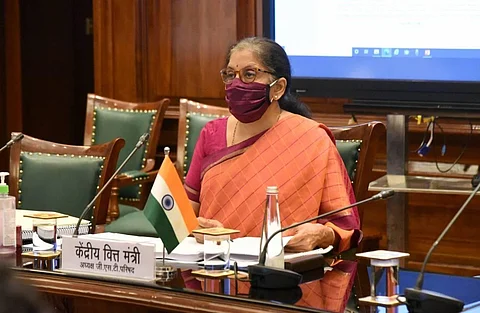Current account, exports and Atmanirbhar
For the first time in decades, India turned in both a trade and current account surplus. But that’s no reason to cheer as the surplus was due to depressed demand for gold, fuel and machinery. When a country runs a current account surplus, it sells more goods and services than it purchases.
In other words, it’s a net lender with surplus forex to invest overseas. It also boosts employment due to higher domestic demand. But right now, none of this is happening. Even as the debate on whether India’s current account should be in deficit or surplus to sustain our external sector balance is ongoing, it isn’t an explicit policy variable like money supply, nor is it a policy target like GDP, inflation or unemployment rate.
As per the ‘consenting adults view’, also known as the Lawson Doctrine and Pitchford thesis among economic circles, it doesn’t really matter whether the current account is in deficit or surplus as long it results from private sector saving and investment decisions. Sadly today, both saving and investment appear battered and are being compensated by government spending and the invisibles (services exports and remittance inflows). Now the trouble is, there’s little public money to spend and given the rise of protectionism, any layoffs of Indians in the Middle East, the US or the UK can be savage.
If that happens, exports will have an added responsibility to keep our current account in check. Currently, India’s lack of export dynamism compared to Vietnam or Bangladesh is evident. Our export basket is dominated by low-value engineering products, and gems and jewellery, while agriculture, textiles and handicrafts are negligible. The government should swiftly correct this imbalance.
There’s also a need for a special exports package for labour-intensive sectors including an export development fund to boost foreign trade. While the government made a right start encouraging producers and consumers to spend on domestic goods, we need an explicit medium-term strategy to ensure that Atmanirbhar doesn’t end up as a mere catchphrase.

